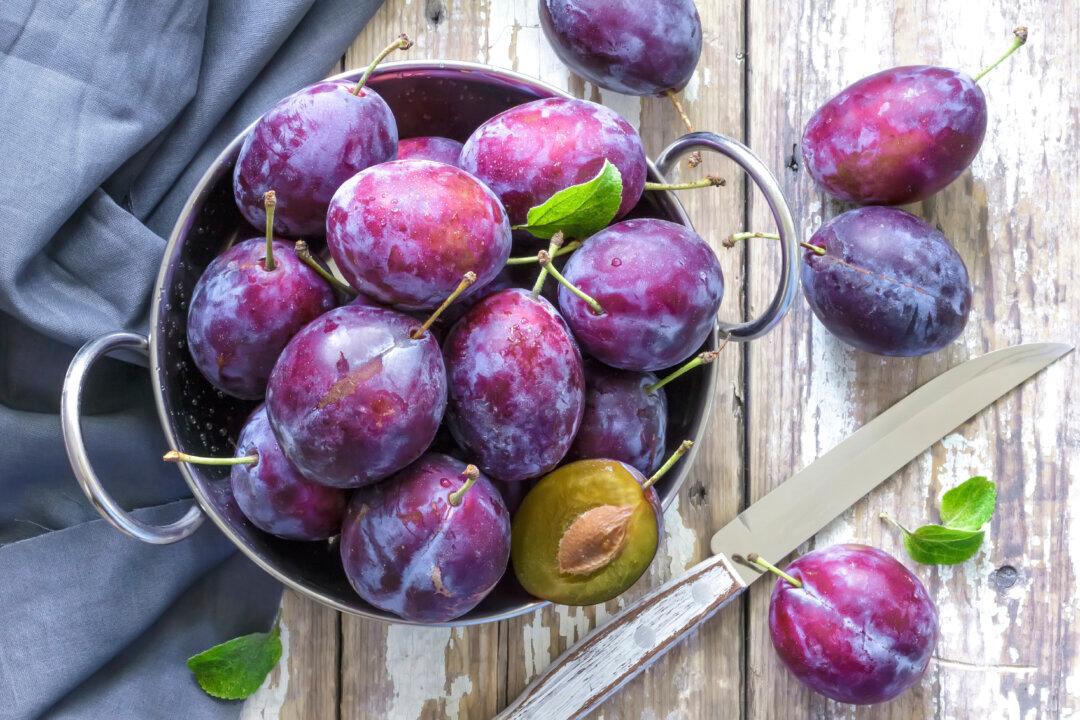There seems to be a narrowing gap between studies about diet, nutrition, and health. And each starts another conversation about trans versus saturated versus polyunsaturated fats, or this diet versus that, or as is today’s case, fats versus carbohydrates.
In a paper published Aug. 13 in the journal Cell Metabolism, researchers found that when 30 percent of a day’s kilojoules [calories] were restricted by cutting fats (diets with a higher intake of carbohydrates), participants in their study lost more body fat compared to when the same amount of energy was restricted by cutting carbs (diets with a higher intake of fat).


